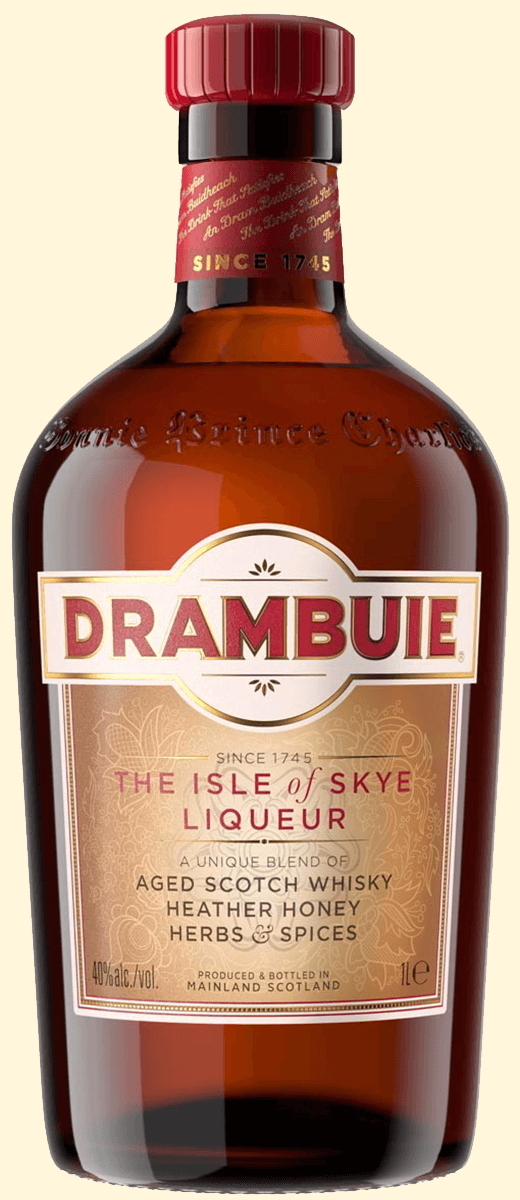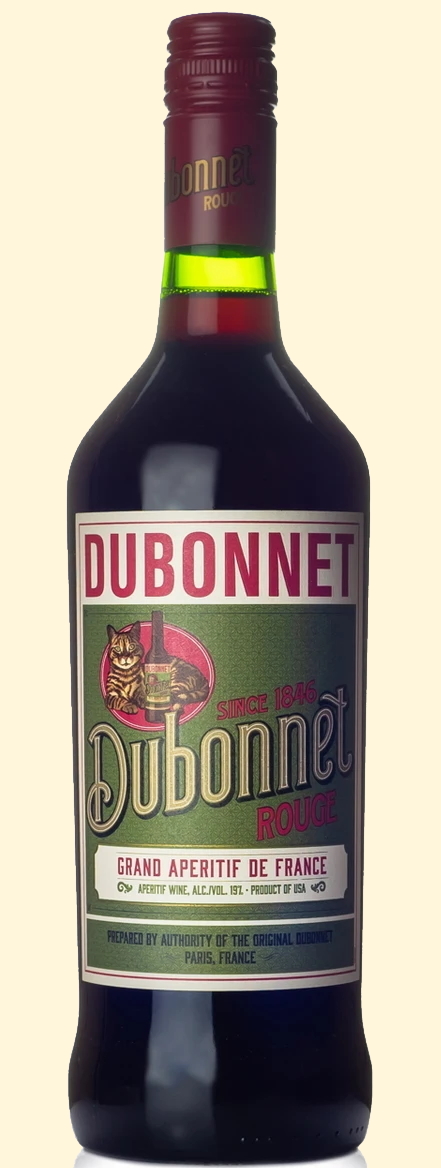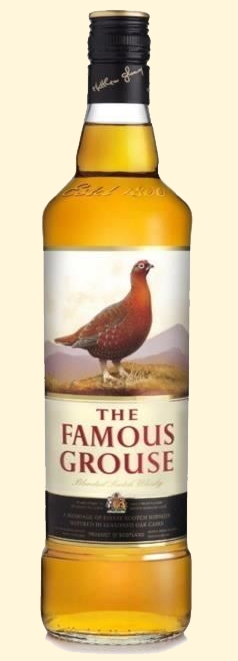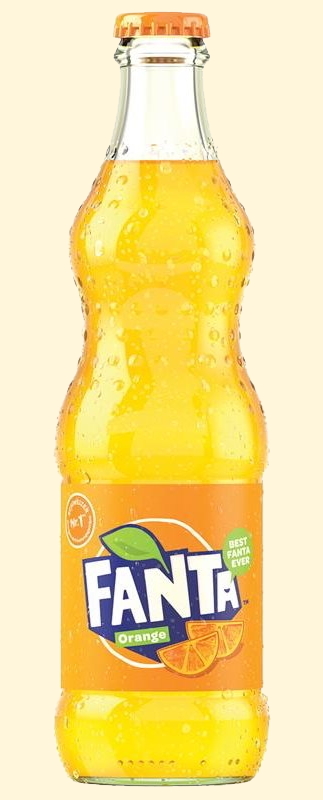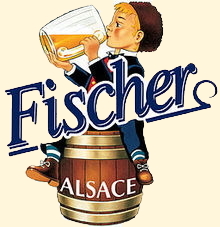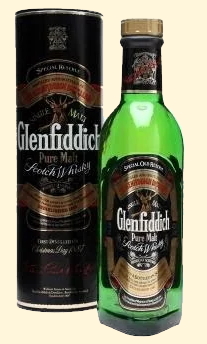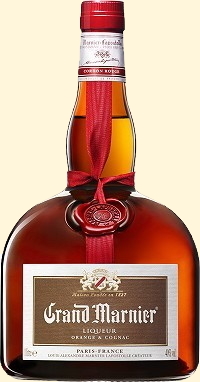Courvoisier
This cognac's claim to fame is being "The brandy of Napoleon". In 1811, Napoleon visited the Courvoisier distillery in Bercy. To commemorate the event, the company created a special cognac "Courvoisier Cognac de Napoléon". In 1909, Courvoisier was bought by an English company and in the translating process, Courvoisier became the "Brandy of Napoleon".
Cusenier
The Doubs region is known for its cherries and the Jura for its absinthe. In 1857, Mr Cusenier opened his distillery in Pontarlier and the distillery produced fine Cusenier absinthe until 1915, when absinthe was outlawed. Until 1936, the company produced fruit syrop, but then it started its apéritif "Ambassadeur", which brought the name Cusenier back into business.
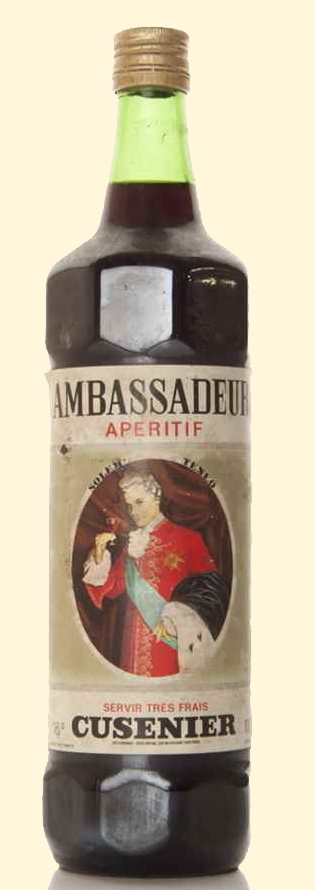
Cutty Sark
Berry Bros, established in 1699, was a London-based distillery that exported Scotch to the United States. In 1923, the company believed that what Americans really needed would be a pale Scotch blended whisky. Mr Berry set out to find a name for his newest product and his friend, the Scottish painter James McBey suggested "Cutty Sark". At the time, all England was talking about the return of the famous "Cutty Sark", a sailing ship famous for its speed in the 1860s. Her bow was adorned with a female figure clad in a short dress, which in Scottish is "cutty sark". Cutty Sark's fame started when it became the most popular contraband whisky during the American prohibition years.
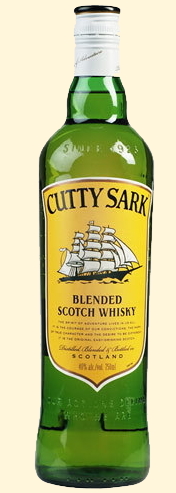
Dom Pérignon
Moët&Chandon raided this name for its most prestigious champagne to honour, as they pretend, the inventor of champagne. In reality, Dom Pérignon was a Benedictine monk interested in what gave wines their color. He was never in the slightest interested in inventing champagne. That story is a pure marketing, er, non-truth. At the time of Dom Pérignon, the 17th century, cellars were keeping the wine in barrels. In the 18th century, the winegrowers of the Champagne region noticed that wines would keep better and longer in bottles than in barrels. So they bottled their wines as early as possible. Since they did so before fermentation was over, the wines kept fermenting in the bottle. This bottle fermentation changed the remaining sugar into alcohol and carbonic gazes which would make the wine foam when the bottle was opened. Thus, Champagne was invented. The world-famous "Méthode Champenoise" is the result of accident rather than research.
Moët&Chandon's Dom Perignon has no relation to the monk's life or the invention of champagne whatsoever. By the way, "Champagne" is a protected trademark these days, but in the early days, the Champenois would call their bubbly anything but champagne. They'd call it "grand vin mousseux" (great foaming wine) or "vin blanc crémant" (white creamy wine). It's only when winegrowers of other areas started to make equally good sparkling wine that the Champenois decided that only the bubbly from their region was the real thing. Rest assured that there are many sparkling wines out there that are at least as good as the average "Champagne", so don't feel embarrassed if your favourite is not from the Champagne, but instead from Australia, the US West Coast or Luxembourg. In fact, in some cases it might be cheaper, but better.
And one last word, to say that "Brut" is the best is strictly a matter of taste. Half the people pretending to prefer "Brut" would not know a decent Champagne from a bottle of "Rotkäppchen" (infamous industrial bubbly from the former East German Democratic Republic). It's akin to saying that Elbling is the most natural, because it's the crudest. Why should "brutal" be better? I personally prefer "demi-sec".
I'm not putting a picture here for the simple reason that I did not find one. Yes, in over two hours I did not find a single picture, painting or portrait of Dom Pérignon.
The region of the Champagne, the city of Reims, the producers of champagne and Moët&Chandon in particular owe all their doe to Dom Pérignon and yet not a single half-way decent representation of the monk anywhere.
May their grapes rot and their market shares tumble until they honour their benefactor again as they should.
(ok, so the dear Dom was looking for a way to get rid of the bubbles; strictly speaking he discovered champagne the way Columbus discovered America, looking for one thing, finding another; and yet, mistake or not, why don't they honour the good monk as he deserves? also, he was a pioneer of "bio" wines!)

Drambuie
Is made of two gaelic words, "dram", boisson, and "buidh", golden. Drambuie was "Bonnie Prince Charlie"'s personal drink. When Bonnie, aka Charles-Edward Stuart, pretendant to the throne of England, had to escape to the Isle of Skye from his ennemies, he give the captain, John Mackinnon, the secret formula of his personal liqueur (said the captain). The Mackinnons then commercialised the drink as "Drambuie" and lived happily ever after.
Dubonnet
Most famous for its slogan "dubo... dubon... Dubonnet". Dubonnet is a wine laced with chinine, an alcaloide made from Peruvian bark. In the 1830s, chinine had been tested successfully with the French army as a tonic and to combat fevers. Mr Dubonnet, who ran a small wine business in Paris, combined wine and medication (reminds one of Coca-Cola and Schweppes), put a cat on the label because his wife loved cats, and Dubonnet became one of France's top apéritifs.
Famous Grouse
Mr Gloag owned the Gloag whisky distillery in Perth, Scotland. In 1876, he put a grouse on the label of his whisky to please his granddaughter who loved those animals. Mr Gloag's whisky was so good it became famous, people started to order a "Grouse" instead of a "Gloag", so the distillery made the best of it and renamed its product "Famous Grouse".
Fanta
During World War II, the Germans invented a lemonade "ersatz" that was supposedly tasting of oranges and lemons. Since it was not a natural drink, but rather a "phantasie" (something not existing in nature), they called it, you guessed it, Fanta.
Fischer
In 1821, Jean Fischer opened his brewery in Strasbourg. Since Alsatia was then French, he called it the "brasserie des pêcheurs", pêcheur being French for Fischer. In the late 1960s, the brewery believed that the original name sounded more international and renamed their "bière du Pêcheur" became "Fischer beer". This beer is probably most famous though for its label, a little boy sitting on a beervat, trying to drink from a huge mug and fishing at the same time. Very subtle, no?
Glenfiddich
In Scottish, glen means valley. William Grant bought a rundown distillery on the river Fiddich. Since rivers tend to be in valleys, his single malt became the Glenfiddich. Grant distilled a good whisky and when his main competitor, Glenlivet, went briefly off the market because its distillery had burned down, Grant picked up a lot of business and Glenfiddich became widely known as a high quality single malt.
Grand-Marnier
Mr Jean Lapostolle founded his distillerie in 1827, but had to move his works to Cognac when the Prussians invaded France in 1870. There, he bought an important stock of Cognac that he brought back to Paris at war's end. Lapostolle's son-in-law, Alexandre Marnier, looking for a profitable and nice way to sell all that cognac, hit on the idea to mix it with oranges and rinds and thus was created the Grand Marnier.
Guinness
Arthur Guiness founded his brewery in Dublin in 1759. A good brewmaster he was, but also an astute businessman, as proved by his lease that gave him the brewery for 9000 years at an annual rent of 15 pounds! Try that today in Dublin. His slogan was simple, but straight: "Guiness is good for you!"
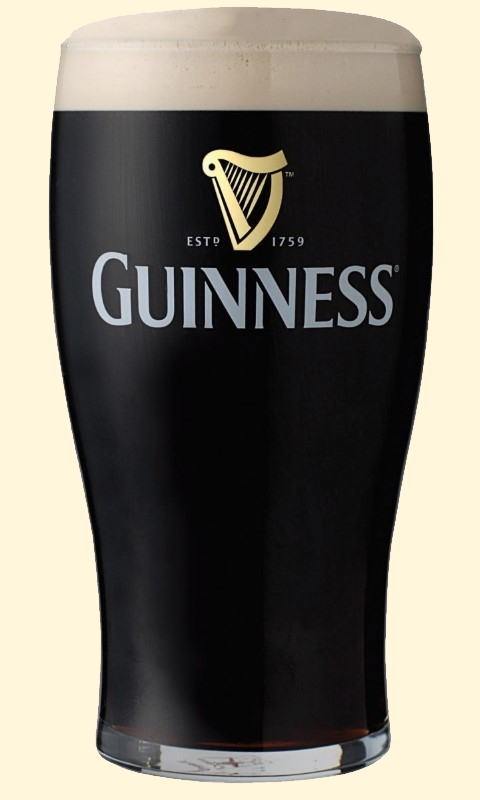
Heidsieck
Florent Louis Heidsieck founded the cellar in 1785 in Reims. He had three nephews and each produced his own Heidsieck. There was the Heidsieck Monopole by Walbaum-Heidsieck, there was the Piper Heidsieck by Christian Heidsieck's widow. She added the Piper because in her second marriage, she was married to a Mr Piper. And there was the Charles Heidsieck by the
nephew of that name. Numerous legal battles ensued. Today the legal situation is clearer, but still most people don't really know what Heidsieck they are drinking. My personal favourite champagne is the Piper-Heidsieck Demi-brut, although Demi-brut is considered by socalled connoisseurs the lesser sparkly. Well, so be it. Send me a bottle and I'll tell you if I changed taste.
Heineken
In 1864, Gerard Heineken bought a traditional brewery in existence since 1592. His grandson, Freddy Heineken, made the brewery into the second largest in the world.





